By Tom Dare
HARROWING FOOTAGE from the Second World War showing the annihilation of the German city of Dresden by Allied forces has resurfaced today, on the anniversary of the beginning of three days of intensive bombing by British and American bombers.
Video from 1945, shown as part of an American news report, shows the night-time incendiary attacks undertaken by the RAF on the night of the 13th February. One shot from the footage also shows one of the RAF planes being struck by an anti-aircraft gun, which the narrator describes as a ‘scarecrow’ in his voiceover.
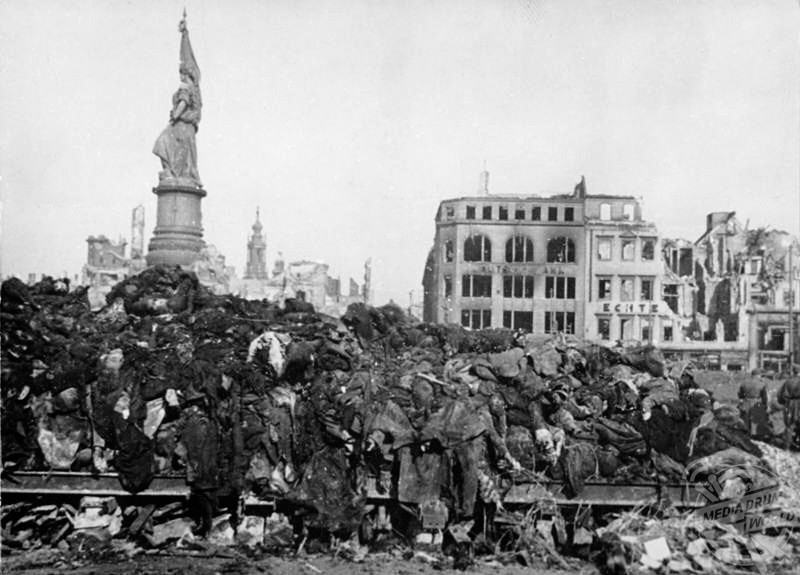
The second half of the clip shows American bombers moving over the city the following day, where they continued to drop a huge number of bombs on the city down below. At the time Dresden remained Germany’s largest city to not have been directly targeted by the allies.
As the war began to draw to a close and German forces began to retreat further and further toward Berlin, the allies adopted the sole aim of bringing the war to an end as quickly as possible. The best way to do this, it seemed, was to take Berlin, though there was much debate as to how the best way was to go about this.
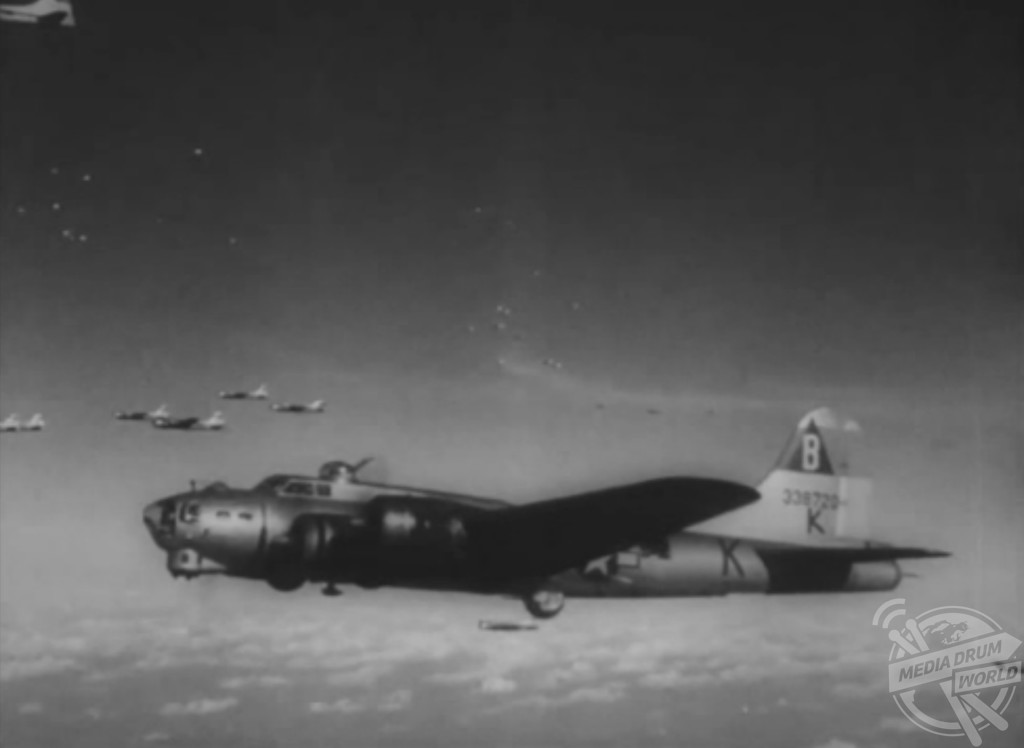
With Soviet troops advancing from the east and some as close as 70 miles from Berlin at the start of February, the decision was made by both the British and the Americans to assist the Soviets in their drive forward. The best way to do this, it was agreed, was via aerial attacks on the German homeland, which would both disrupt efforts to move armaments to the Eastern front and cause a state of alarm and panic in the civilian population.
The decision to target Dresden in early February had been discussed for some time in the lead up to the night of February 13, with the goal of maximum destruction and disruption at the forefront of the allied commander’s minds. Despite sustained bombing over city’s such as Berlin and Liepzig, Dresden had been left untouched so far in the war. This was all about to change.
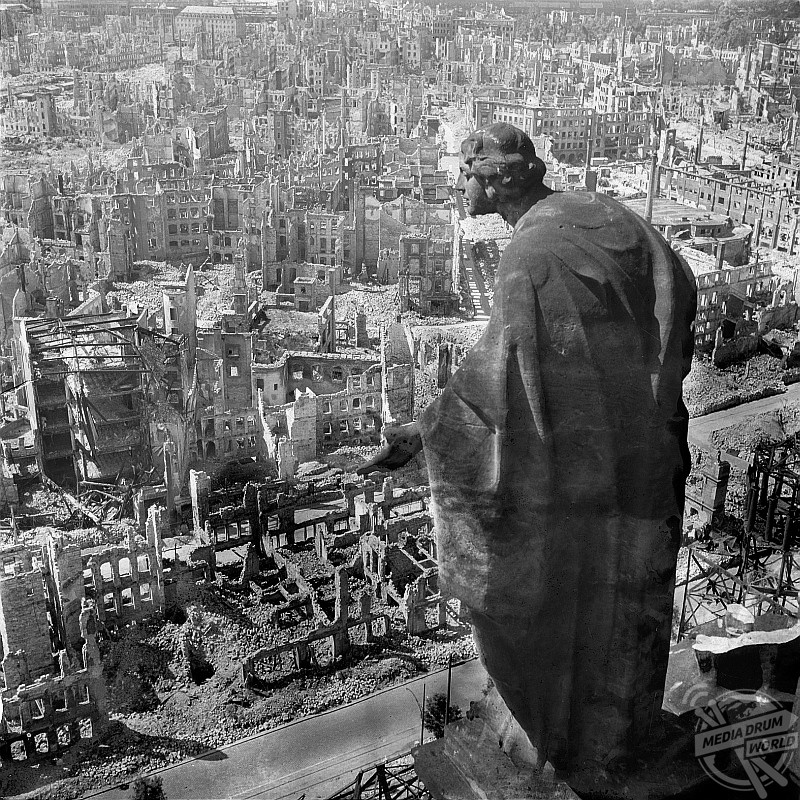
Between the 13th and the 15 of February 1945 the allies undertook four raids on the city, with such iconic bombers as the Lancaster, Halifax, and the Mosquito taking part. In the space of under 72 hours a staggering 3,900 tonnes of both high-explosive and incendiary bombs were dropped on the city, killing up to 25,000 and destroying 90 per cent of the city. Much of Dresden was made up of wooden buildings, meaning the fire spread quickly and created a firestorm with temperatures at a reported 1,800 degrees Fahrenheit. Rudolph Eichner, a German soldier who was stationed in Dresden at the time of the attack, reported:
“There were no warning sirens. We were completely surprised and rushed back down to the cellars of the hospital. But these quickly became hopelessly overcrowded with people who could no longer find shelter in their own burning buildings.
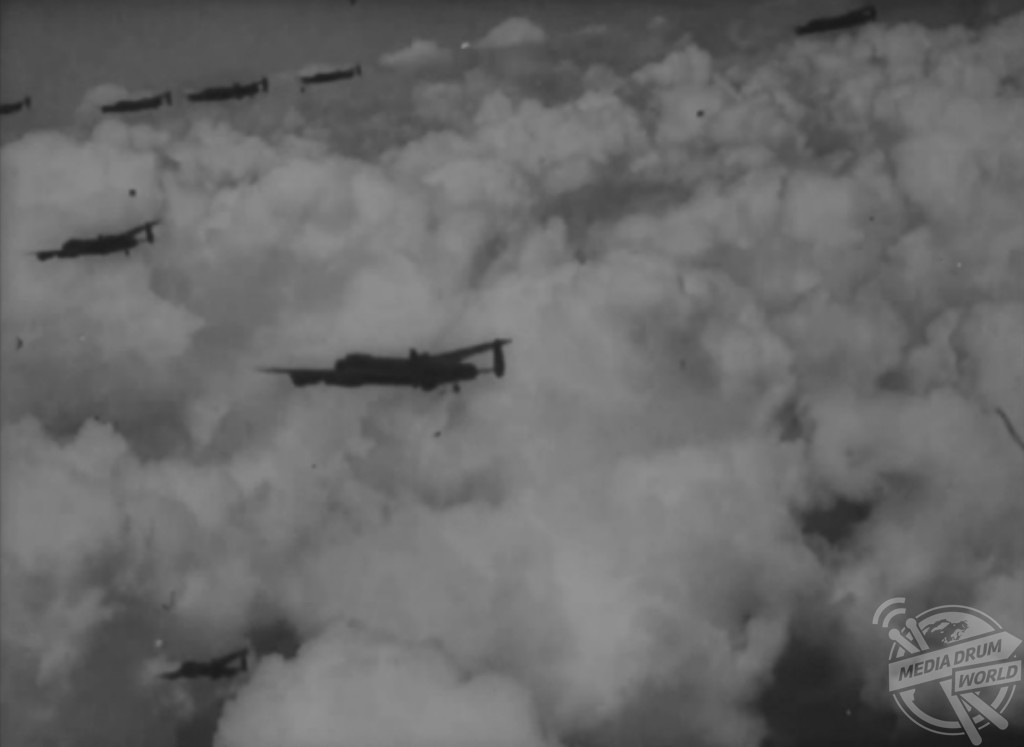
“The crush was unbearable, we were so tight you could not fall over. Apart from the fire risk, it was becoming increasingly impossible to breath in the cellar because the air was being pulled out by the increasing strength of the blaze.
“We could not stand up, we were on all fours, crawling. The wind was full of sparks and carrying bits of blazing furniture, debris and burning bits of bodies. There were charred bodies everywhere.
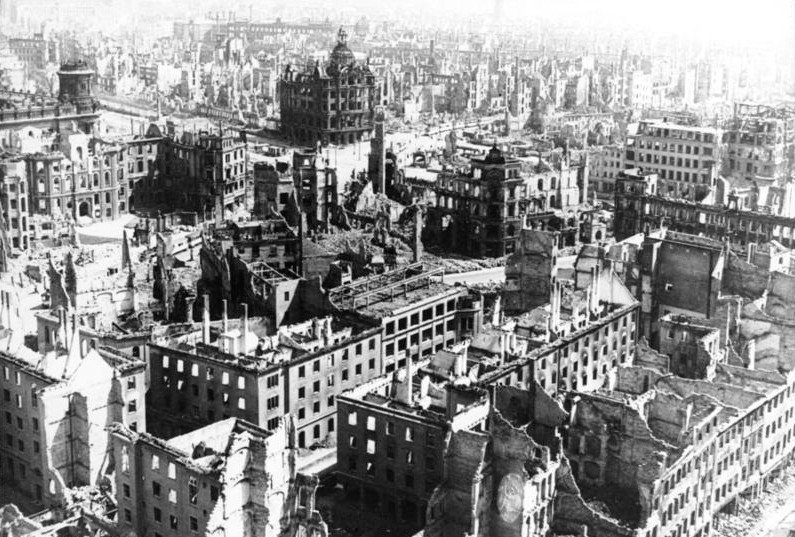
“The experience of the bombing was far worse than being on the Russian front, where I was a front-line machine gunner.”
The bombing of Dresden, when it seemed to all the world that the war would soon be over, remains one of the most controversial attacks of the Second World War. While the stated aims at the time were to destroy production targets, cause panic and assist the Russians in their advance toward Berlin, many still believe that the attack was a show of strength by the UK and US toward the USSR. Indeed, an internal RAF memo from the time suggested as much, stating:
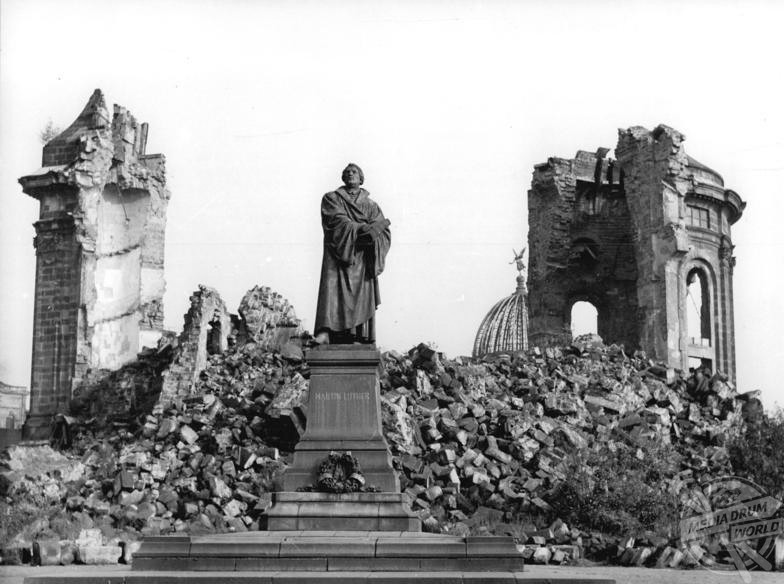
“Dresden, the seventh largest city in Germany and not much smaller than Manchester, is also far the largest unbombed built-up the enemy has got. In the midst of winter with refugees pouring westwards and troops to be rested, roofs are at a premium.
“The intentions of the attack are to hit the enemy where he will feel it most, behind an already partially collapsed front, to prevent the use of the city in the way of further advance, and incidentally to show the Russians when they arrive what Bomber Command can do.”






